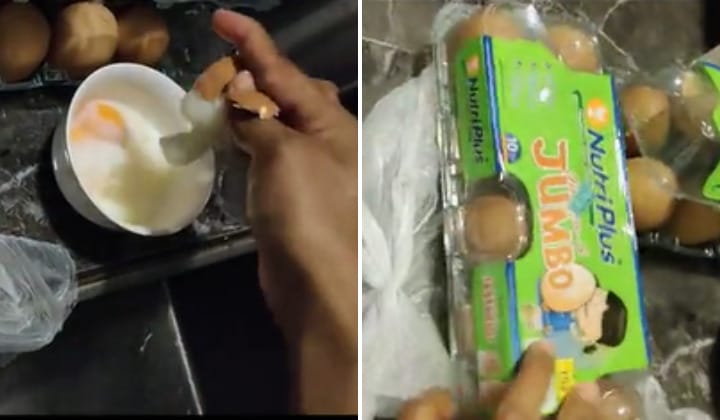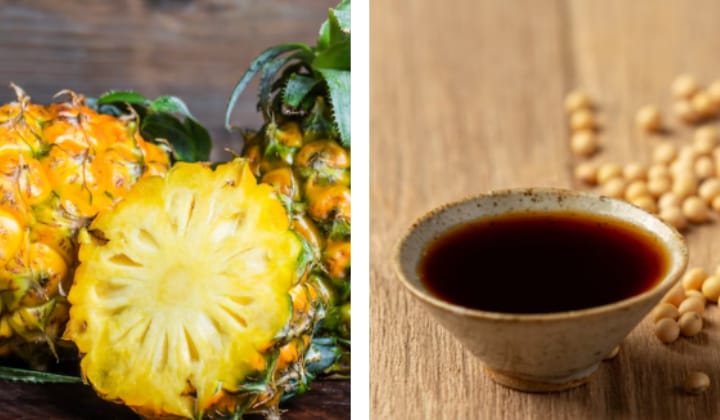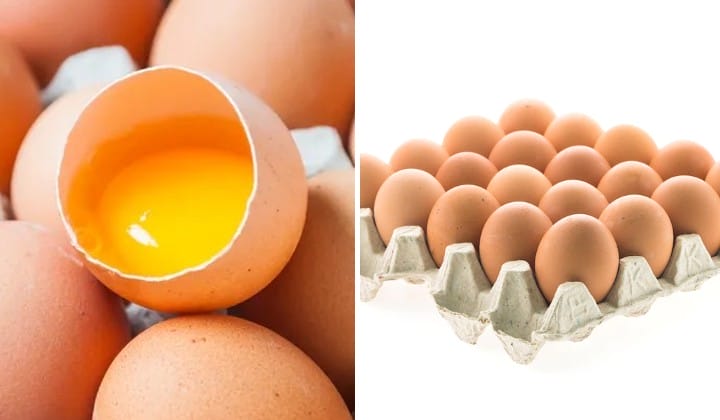So You Think You Know How To Cook An Egg?
The science, tips, and tricks of cooking better eggs.
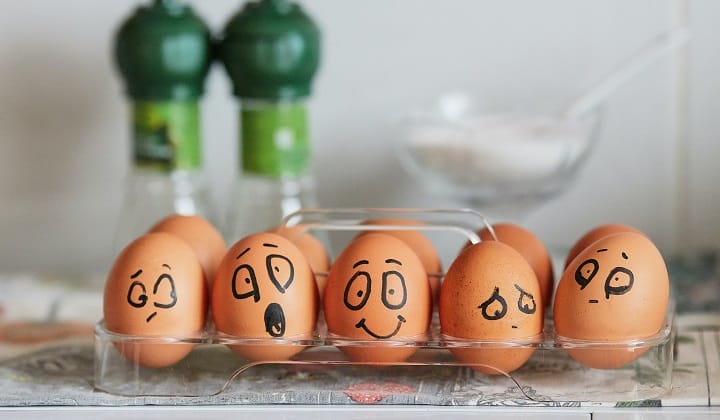
Subscribe to our new Telegram channel for the latest updates and stories.
The humble egg is as versatile as the various ways to prepare it. For some, it has been a staple during the lockdown, eaten on its own or as an easy add-on to level up almost any food. Add it to a snack and it turns into a meal, add it to a meal and it can become a feast.
The humble boiled egg
A boiled egg, peeled or unpeeled, can be kept in the fridge for up to a week. Ready to be eaten as-is with a sprinkle of salt and pepper, sliced to be added to rice or noodles, or mashed as a filler for a sandwich.
It can also be a lifesaver when you’re hungry.
Everyone knows how to boil an egg, right?
The science
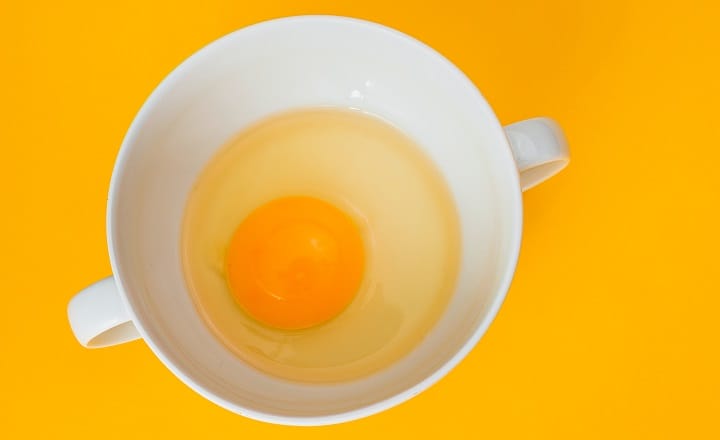
A lot of people like their egg yolks runny and the egg whites firm. This is tricky to achieve, here’s why.
Egg whites begin to firm up at 60 degrees Celsius but will coagulate at 80 degrees. However, the yolk will thicken at around 65 degrees and firm up at 70 degrees. In other words, the egg yolk will cook before the egg white.
So, how do you deal with it? Keep the eggs in the fridge. Let them cool for at least overnight. This will cause the temperature of the yolk at the centre of the egg to drop. This way, when you cook it, the white of the egg, which is on the outside, will cook first, protecting the cold yolk which will cook slower.
About the size
Eggs come in different sizes. When looking at recipes online, they don’t always specify the size of the eggs they use.
Generally, Western recipes use eggs that weigh about 65g, which is a little larger than our L sized egg. Some Japanese recipes, especially omelettes, use LL sized eggs which are about 70g.
The size, temperature, and quality of the egg can influence the results of a recipe. So use the best eggs of the appropriate size that you can get.
The onsen egg
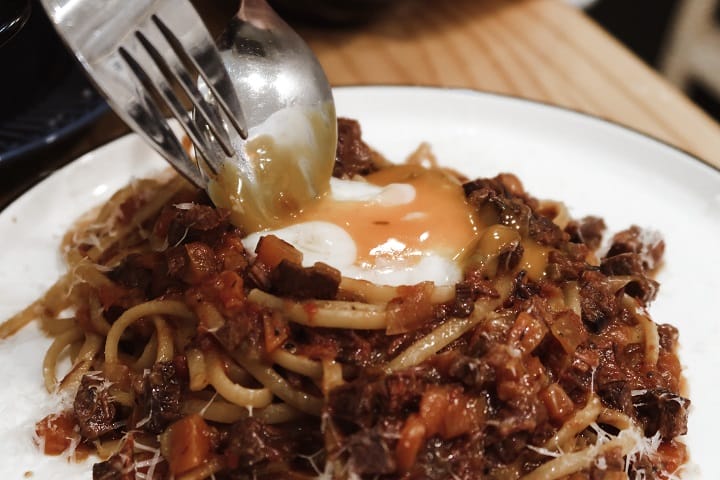
Similar to the Malaysian half-boiled egg, the Japanese hot spring egg is a soft runny egg that is perfect as a dip with toast, poured on hot white rice, or as a topping to a bowl of noodle.
Unlike half-boiled eggs which can be prepared using the half-boiled egg cooker, a properly done onsen tamago can be prepared without the use of any special gadgets.
However, there is a special technique to it.
First, boil a litre of water in a heavy saucepan. Once it is bubbling, remove it from the heat and pour in 200ml of cold water, straight from the fridge.
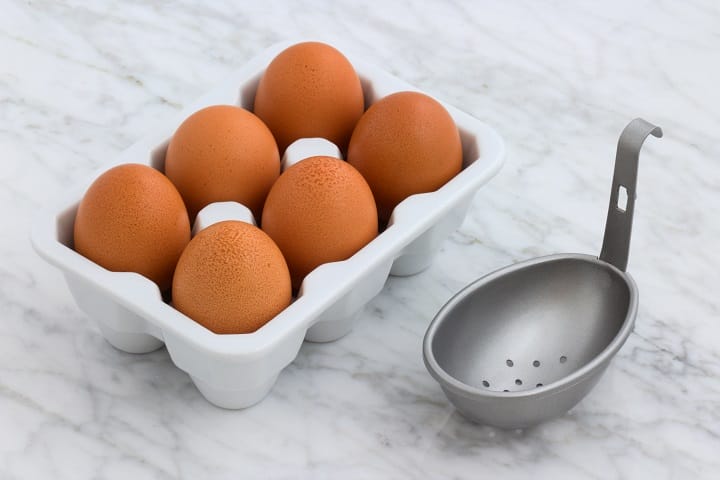
Next, lower four large cold eggs into the water, cover it, and leave it to sit for 16 minutes. Put too few eggs and it might overcook. Too many eggs and it may undercook.
The eggs have to be cold, else the yolk will congeal into a soft pearl while the egg white is still runny.
Take the eggs out when the time is up, set them aside for 5 minutes. The eggs will keep, in its shell, for a couple of days.
They can be eaten hot or cold with onsen tamago sauce, soy sauce, or on their own.
To reheat, just put them in boiling water for two minutes.
The soft boiled egg
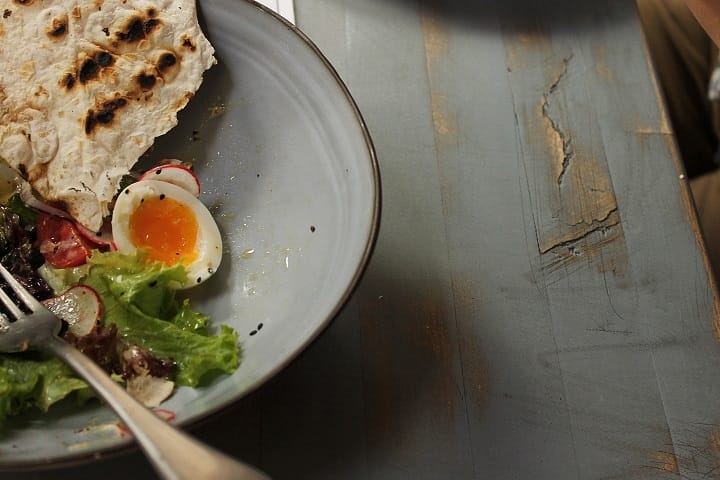
This delicious egg is a tricky one to make. But, with the right technique, it is almost fool-proof. Almost.
A well prepared soft boiled egg is easy to peel, has a firm white, a runny yolk. It is the basis of other egg recipes where you steep the egg like ajitama.
First put plenty of water, enough to submerge the eggs you want to cook, in a saucepan. Add salt and vinegar to the water, about a tablespoon of each into a litre of water. And turn on the heat.
While the water is boiling, puncture a hole at the wide end of each of the eggs. Use a pin, a thin metal skewer, or one of those egg piercers you can get at the Japanese thrift store.
These L sized eggs must be cold from the fridge.
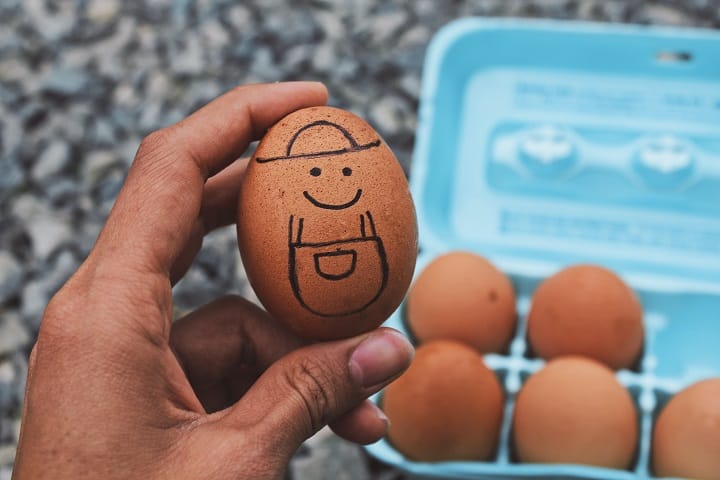
Once the water is bubbling, lower the eggs into the water and start the timer for 6 minutes. Adjust according to the size of the eggs you are using. Add more time for larger eggs, and less time for smaller eggs.
Stir the eggs in the water for the first minute to centre the yolk.
The hole in the eggshell will let the air bubbles out without cracking the shell. At the same time it will let the water, salt, and vinegar in, making the egg white congeal and the shell easy to peel later.
Lower the heat from a rolling boil to a simmer, to prevent the eggs from crashing into each other.

While the eggs boil, prepare an ice bath. Fill a large container with ice and water. It has to be able to submerge all the eggs.
The bath has to be cold to stop the cooking and release the egg from the shell. Add salt to the ice if you have to.
Once the time is up, dunk all the eggs immediately into the cold bath. Stir them for a minute.
Then leave them to sit for the same amount of time it takes to cook them.
If done right, these eggs will be soft, but easy to peel. Start by cracking the wide side of the egg with the hole in it on a flat surface.
The ajitama
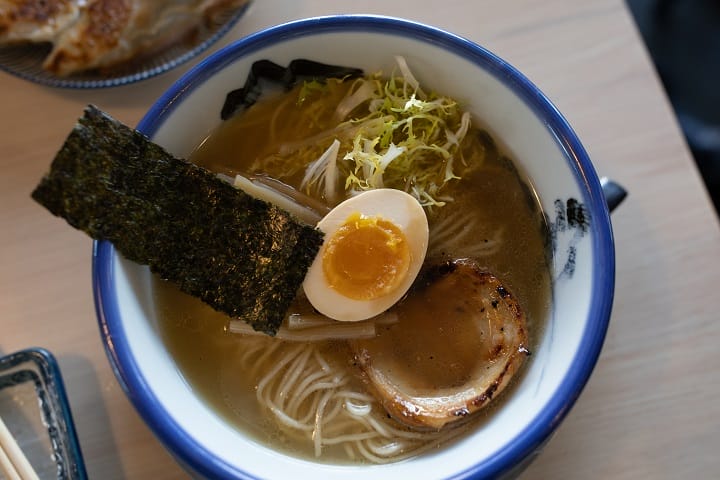
To make the soft boiled egg even better, steep the peeled eggs in stock with sweet and salty ingredients for at least three days.
For example, dashi (Japanese stock) with shoyu (Japanese soy sauce) and mirin (Japanese sweet sauce). Alternatively, you can use diluted thick Teriyaki sauce as the steeping liquid.
The result is called ajitsuke tamago also known as ramen eggs or marinated eggs. It’s savoury, soft, and the yolk will be thick like custard. Delicious.
READ MORE: Everything You Know About Eggs Are Wrong: 7 Facts You Need To Know.
Share your thoughts with us on TRP’s Facebook, Twitter, and Instagram.




